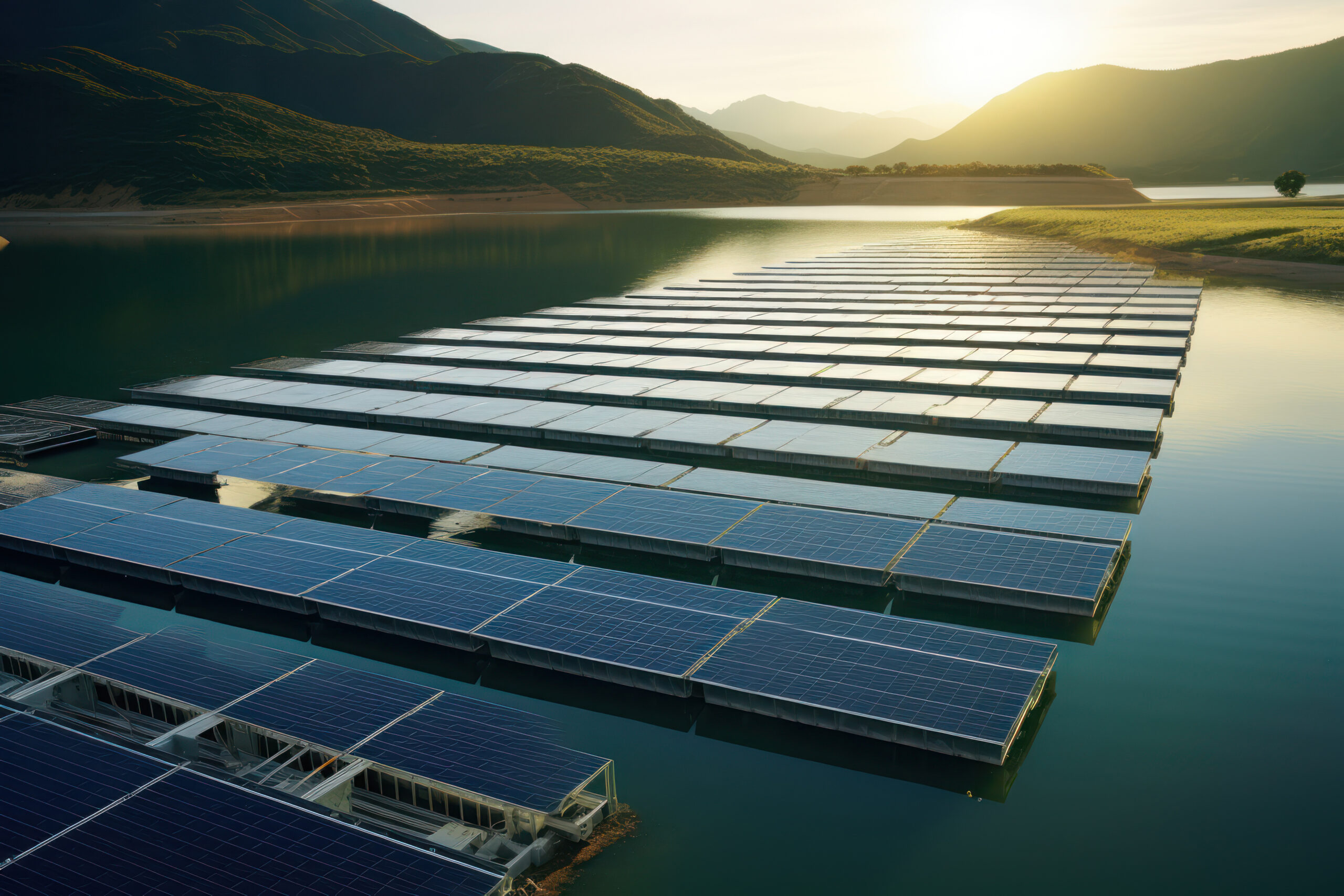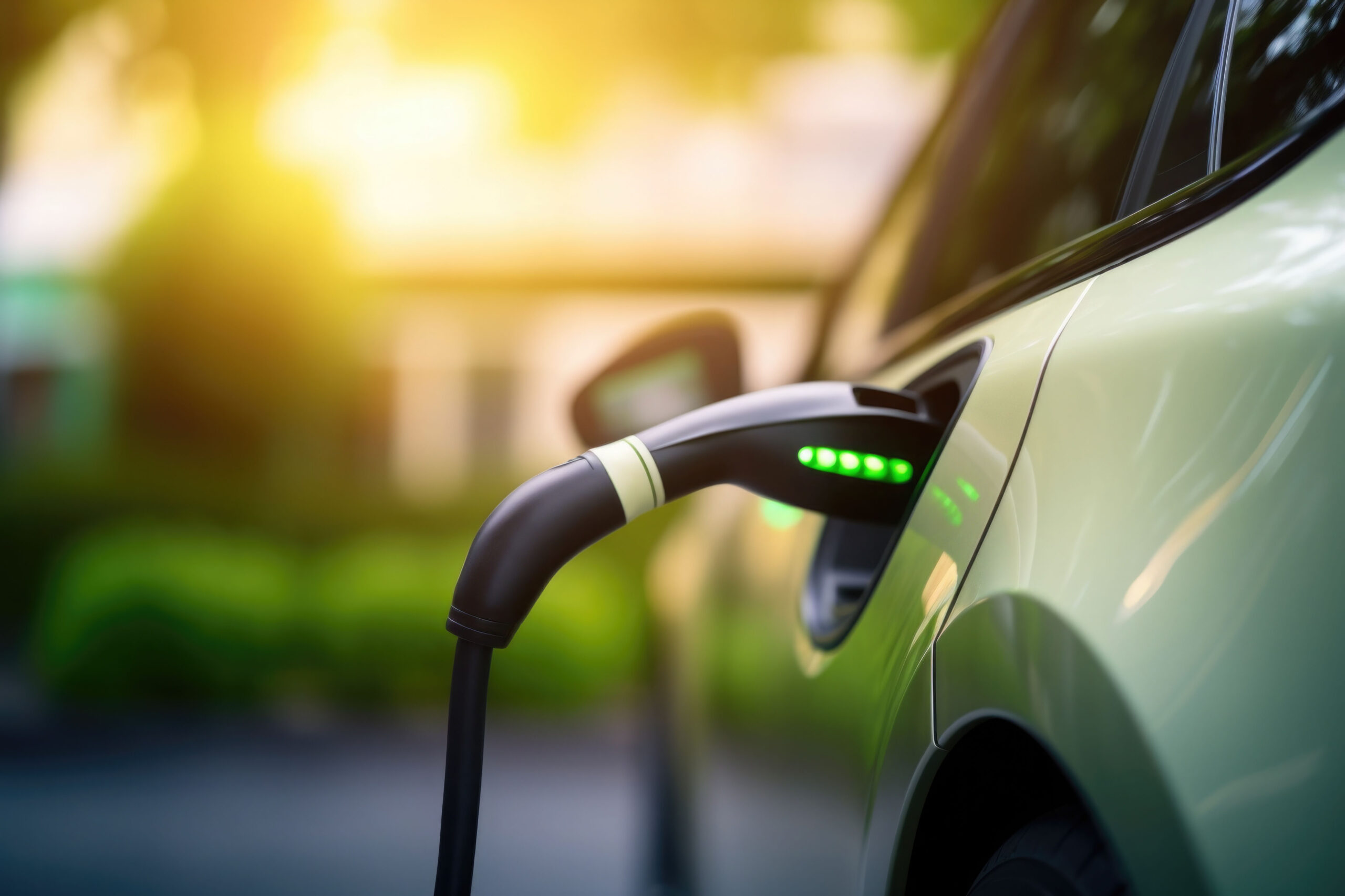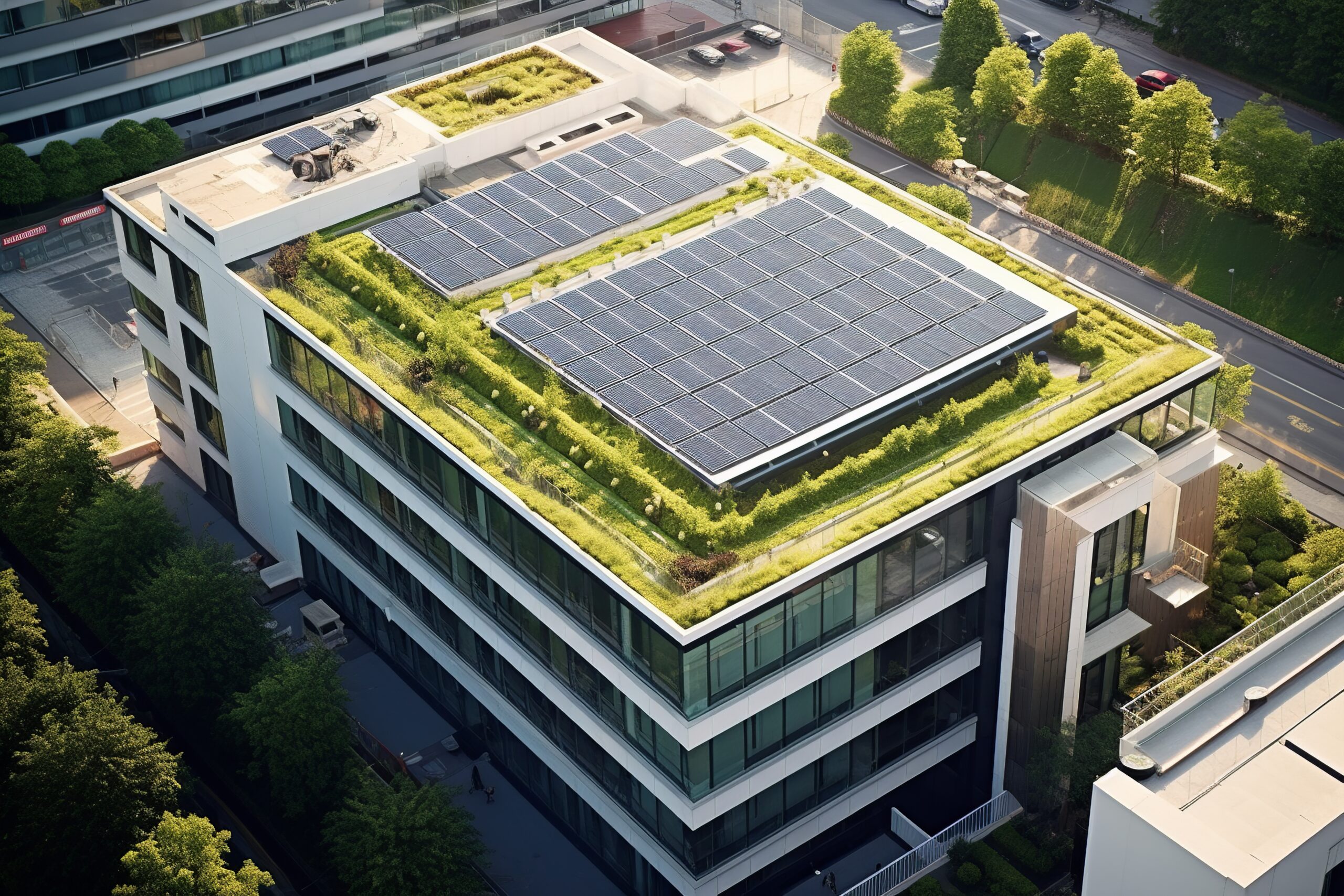
[Series 1/6] The electrification of uses: a driver of decarbonization
With energy prices on the rise, the production and use of local electricity is a first step towards user autonomy, while at the same time helping to decarbonize the electricity system. The growing electrification of applications that until now have relied almost exclusively on fossil fuels, such as mobility and heating, is bringing undeniable benefits that can easily be enhanced by careful management.
Combining solar power production, energy storage, electric vehicle charging and overall control of all uses means that comprehensive installations can be created and long-term energy costs can be kept under control.
The opportunity of sector coupling
This can relate to heating systems, which are migrating from fossil fuels to electric power alongside the development of heat pumps, and vehicles, which are currently transitioning from oil to electric power. Sector coupling, which involves stepping up electricity uses to replace fossil fuels, provides very attractive opportunities for reducing energy consumption, all applications included. In a 2018 document, the European Commission identified the benefits of sector coupling, which improves grid stability while reducing CO2 emissions from all systems. Put plainly, although integrating vehicles into the electrical system increases electricity consumption, decarbonizing vehicles and integrating them into the overall management of buildings and the grid can very significantly reduce CO2 emissions.
The importance of storage
However, to decarbonize the energy system as a whole, it is essential to be able to use as much of the energy produced as possible and to store the surplus when the sun is shining, in order to make it available when solar panels are not producing energy, for example. In this scenario, storage becomes an essential link in the chain to manage the gap between power generation and demand.
EMS: electrical installation controllers
To develop greener facilities, it is essential to make systems interoperable and manage them all in an automated and centralized way, so as to make the most of the synergies and interconnection. The development of global energy flow management software, or energy management systems (EMS), is a key tool for creating advanced systems that can also be upgraded over time.
With the rise in energy prices, return on investment periods for local energy production and management systems have been cut by a quarter, enabling them to be democratized and made highly relevant in the medium term. The large-scale rollout of these installations is a powerful driver of flexibility in the French power grid, combining storage and staggering of power demand to smooth out consumption peaks.

